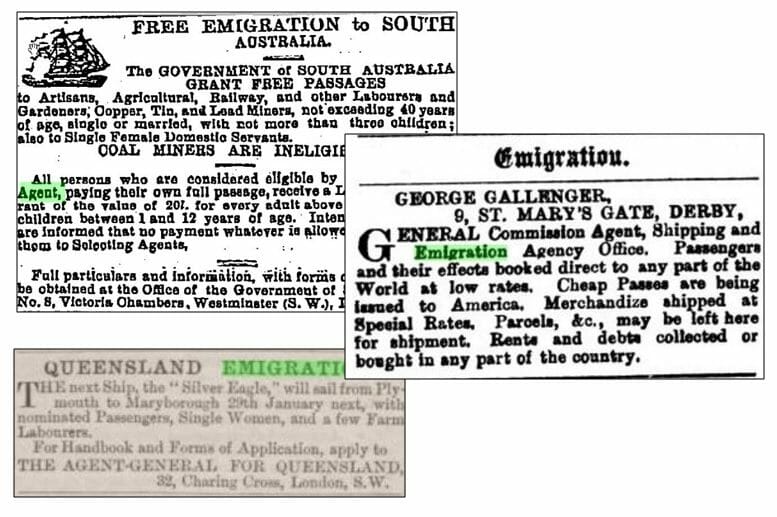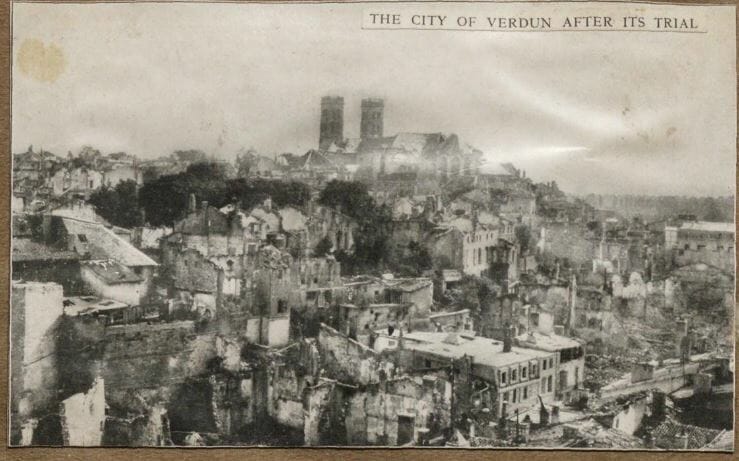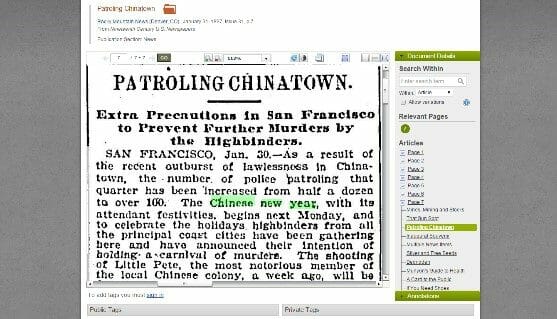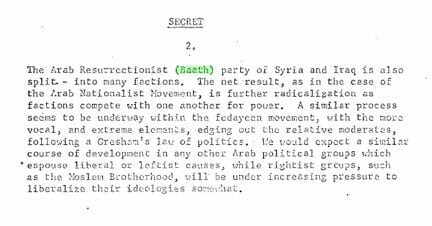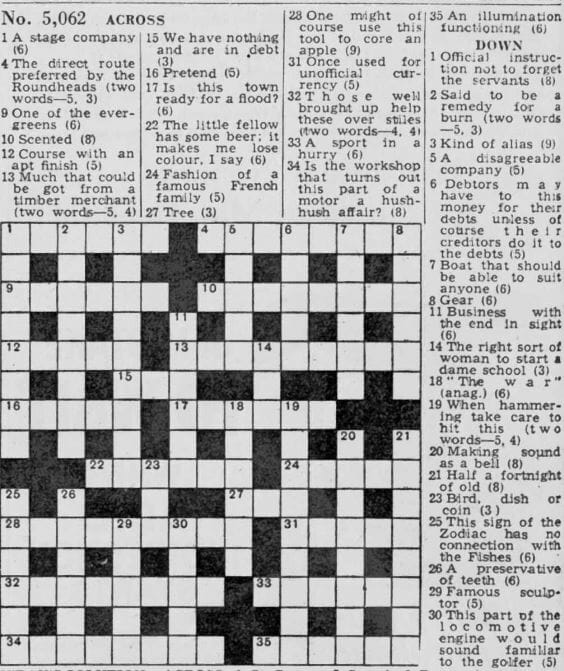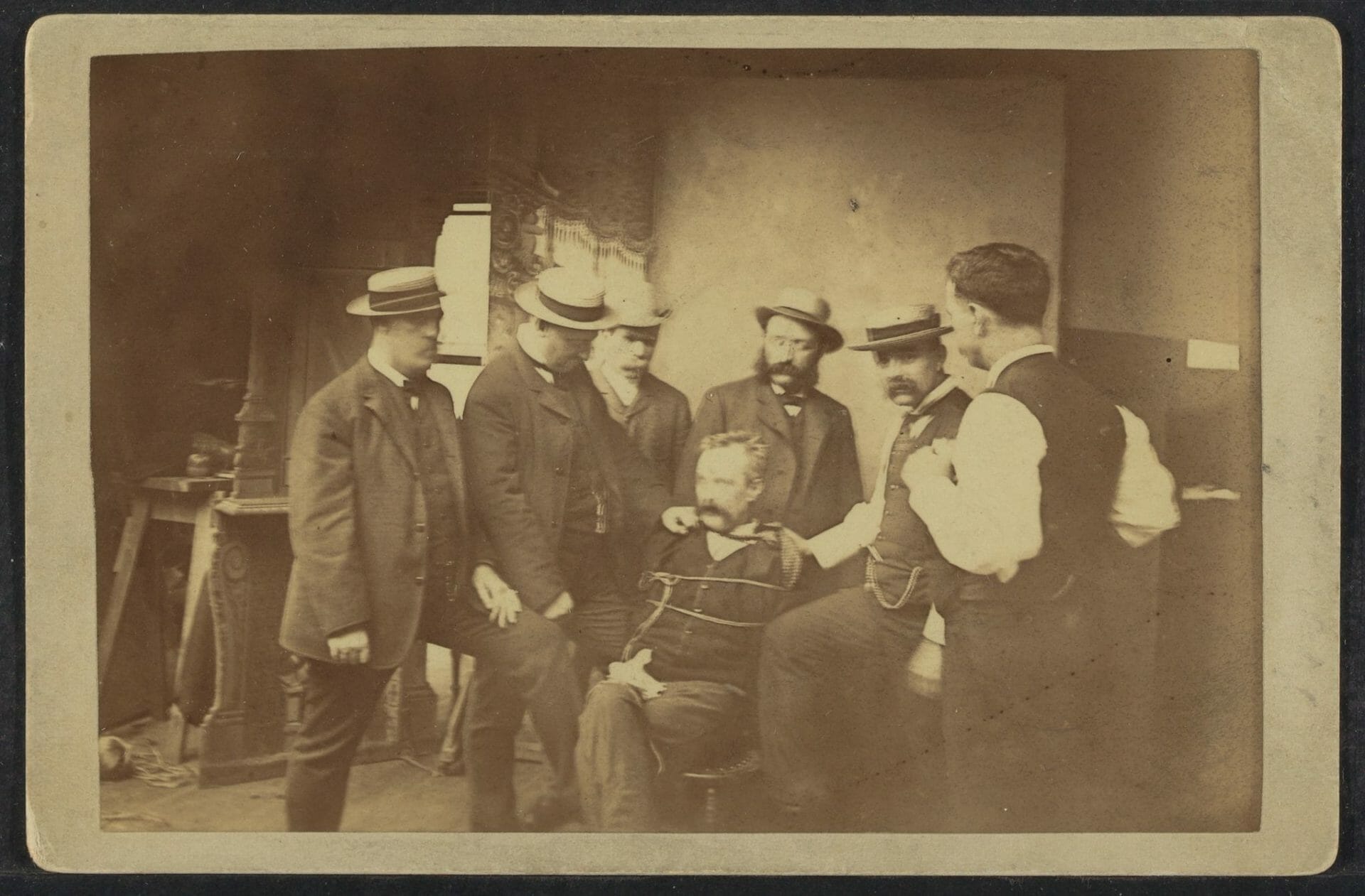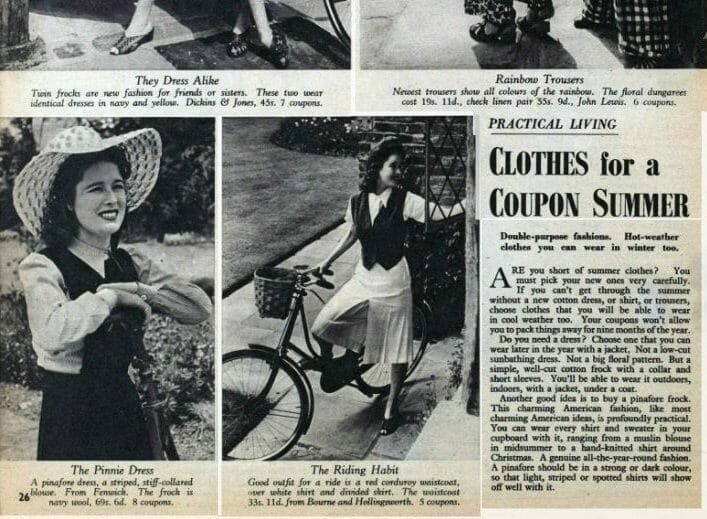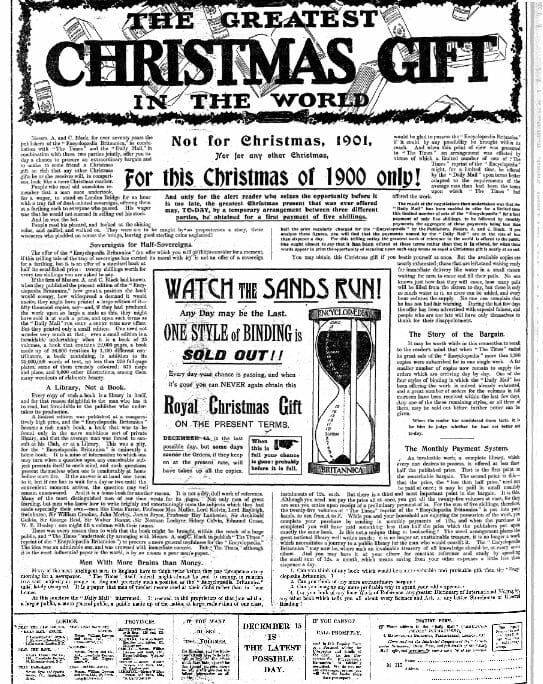Barely a week went by in the nineteenth-century press without a sensational crime story appearing. Whether it was the gory prospect of blood and dismembered bodies, or simply the thrill of a classic ‘whodunit’, there can be little doubt that crime reporting made compelling copy. This was certainly the case with the ‘Brighton Railway Murder’ which took place in the summer of 1881. From beginning to end, the case captivated the imagination of the British people, eager to discover who had murdered wealthy tradesman Frederick Gold, and what would become of the culprit. A search of Gale Artemis: Primary Sources highlights the case’s notoriety, giving me the perfect opportunity to trace its development.
Gale Publishers
Business, Bribery and the Broadsheets: Researching Companies and Industry with The Daily Telegraph
With The Telegraph Historical Archive, 1855-2000 launching March 2016, we will be bringing you a series of essays from scholars featuring research case studies, enlightening biographies of key Telegraph figures, and more.
Dr James Nye is a Visiting Research Fellow at the Institute of Contemporary British History at King’s College London. His research focuses on the corrupt, scandalous reputation – deserved, or perhaps not – of the company promoter in the first few decades of the 20th century. In this, newspaper records are, of course, invaluable; specifically, the use of multiple newspapers, as ‘each journalist might record something different – a composite picture is reasonably likely to be much better than one that relies solely on The Times, however much it might be regarded as the principal paper of record’[1] .
Why study regional and local newspapers?
The British Newspapers, 1600-1950 series, the most comprehensive digital collection of regional newspapers from across the UK, is a key resource for studying local history. Part V, releasing in March 2016, will soon take the total number of pages covered by the series to over 5.5 million, with an impressive 161 newspaper titles. Academic Advisor to Parts I and II of the series, Dr Martin Conboy, described the series as an ‘enormously rich’ resource, which has already proved of great value to a range of scholars. But why invest in regional and local papers? What makes regional papers valuable to students and researchers?
The Women who Lived Through Verdun: 100 Years On
It is widely regarded as the battle of the First World War; an enormous clash of attrition which epitomised the bloody stalemate of the war. The ten-month Battle of Verdun began 100 years ago, with German Chief of Staff General von Falkenhayn seeking to ‘bleed France white’ by launching an all-out attack on the narrow stretch of land at Verdun. Over a thousand German artillery guns fired upon the vastly inferior number of French troops – they had just 30,000 men, against 140,000 Germans – along a six-mile stretch of the French front. The battle which followed was to last for over 300 days. By looking at personal sources from Nineteenth Century Collections Online, the sheer scale of this part of the conflict is clear to see.
Chinese New Year has arrived!
The Assad regime in Syria: Exploring Topics in the News with U.S. Declassified Documents Online
As the conflict in Syria continues, so does interest in the history of the political situation that led us here. To better understand the context, I’ve traced a small portion of the history of the conflict using historical sources found in primary source collections from Gale. A quick search in Gale Artemis: Primary Sources unearths documents that contribute to the discussion.
Cracking the Enigma Code: The Daily Telegraph’s Crossword Challenge
The Daily Telegraph newspaper is known for its ‘high tone’ and has acquired a reputation for being ‘serious, popular and pioneering’ over the years. A sign of its status can be traced back to the Second World War, where its editor’s willingness to depart from convention ensured the newspaper’s critical involvement in the War’s outcome. For the newspaper did not simply stand back and report on events, although the work of first female war correspondent Clare Hollingworth should not be downplayed, but unwittingly engaged itself in the Allied cause.
Victorian Secrets: Crime, Punishment, and Popular Culture, 1790-1920
By Dr Lucy Jane Sussex
The term ‘Victorian values’ reappears every now and then in twenty-first century media. Usually, it is politically charged, signifying a nostalgia for better days, to be found in the long nineteenth century (1790-1914). Here be, like dragons, the virtues of hard work, morality, piety, and none of this new-fangled debauchery.
From coupons to cocktail dresses: tracking changes to women’s wartime fashion using the Picture Post
The New Year often brings a sense of “out with the old, in with the new”. For the fashion-conscious, it’s a good excuse to revamp ones wardrobe and go shopping. These days it’s easy to buy new clothes every season, but it was very different during the Second World War. Then, clothing was rationed and had to be reused as much as possible. Once the war was over, the “out with the old” attitude finally prevailed over rationing, culminating in Christian Dior’s ground-breaking ‘New Look’. I used Picture Post and other newspaper archives in Gale Artemis: Primary Sources to track changing attitudes to fashion in the newspapers and magazines of the time.
The Commercialisation of Christmas
Undoubtedly, many still appreciate and celebrate the deeply religious roots of Christmas, yet it has also become a commercialised event in many countries today. From mid-November, high-streets are packed with snowflake window stickers, festive deals and cheery Christmas music to entice shoppers into an economically indulgent mood. Yet, despite the general consensus and participation in commercialising Christmas, this is often assumed to be a new phenomenon, part of today’s world. ‘Born to Buy’, an article in Gale’s Academic OneFile, offers an example of such sentiments;



